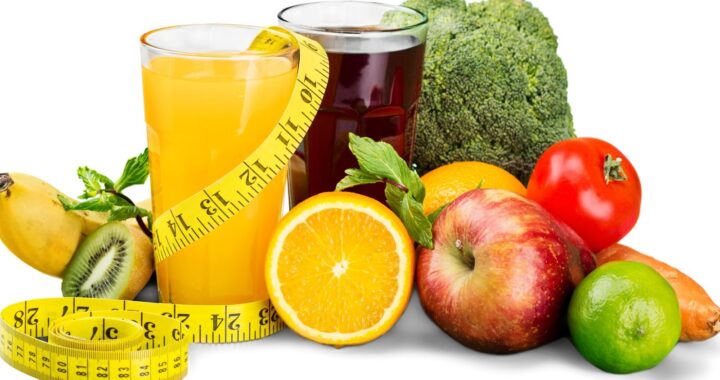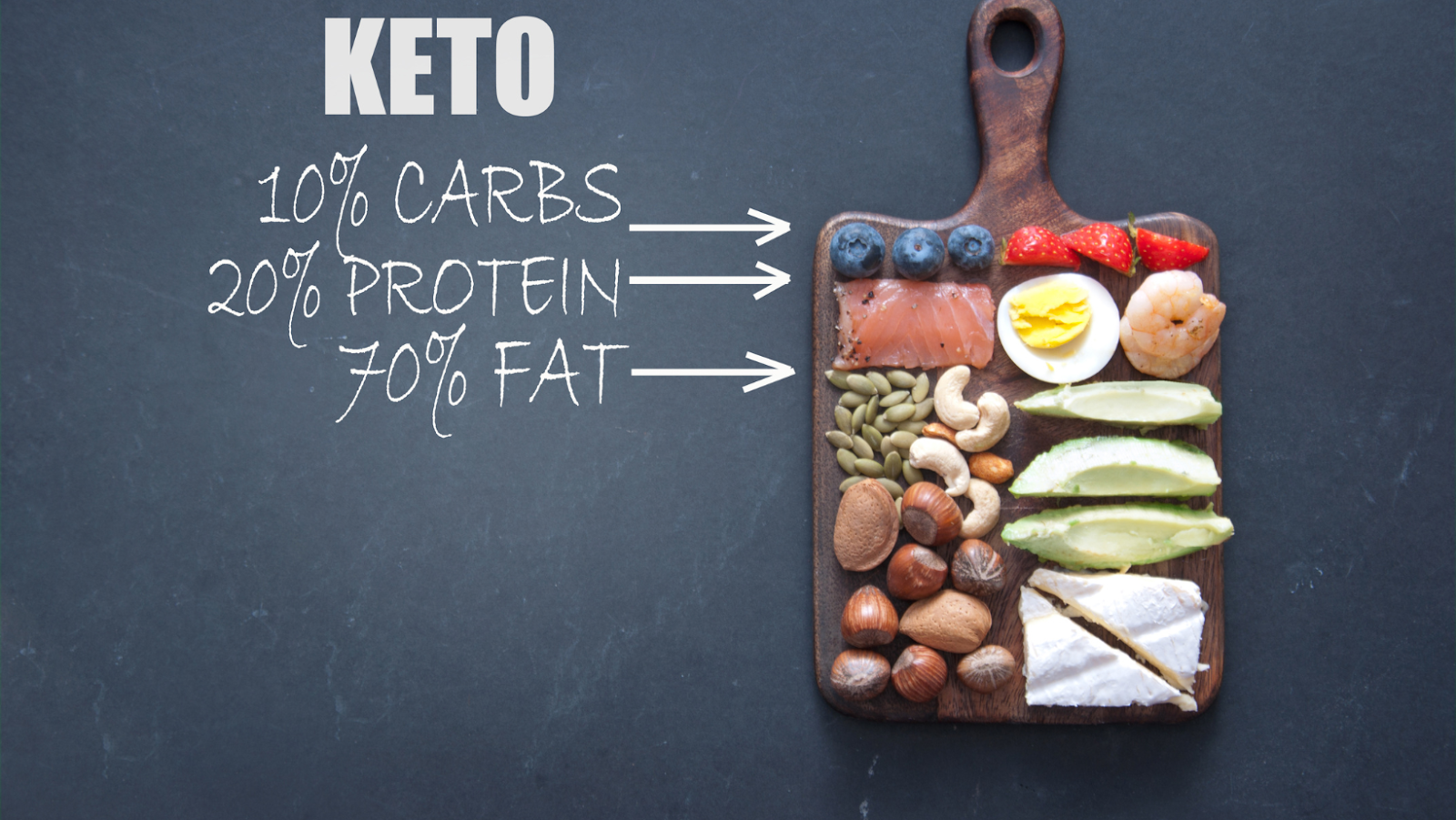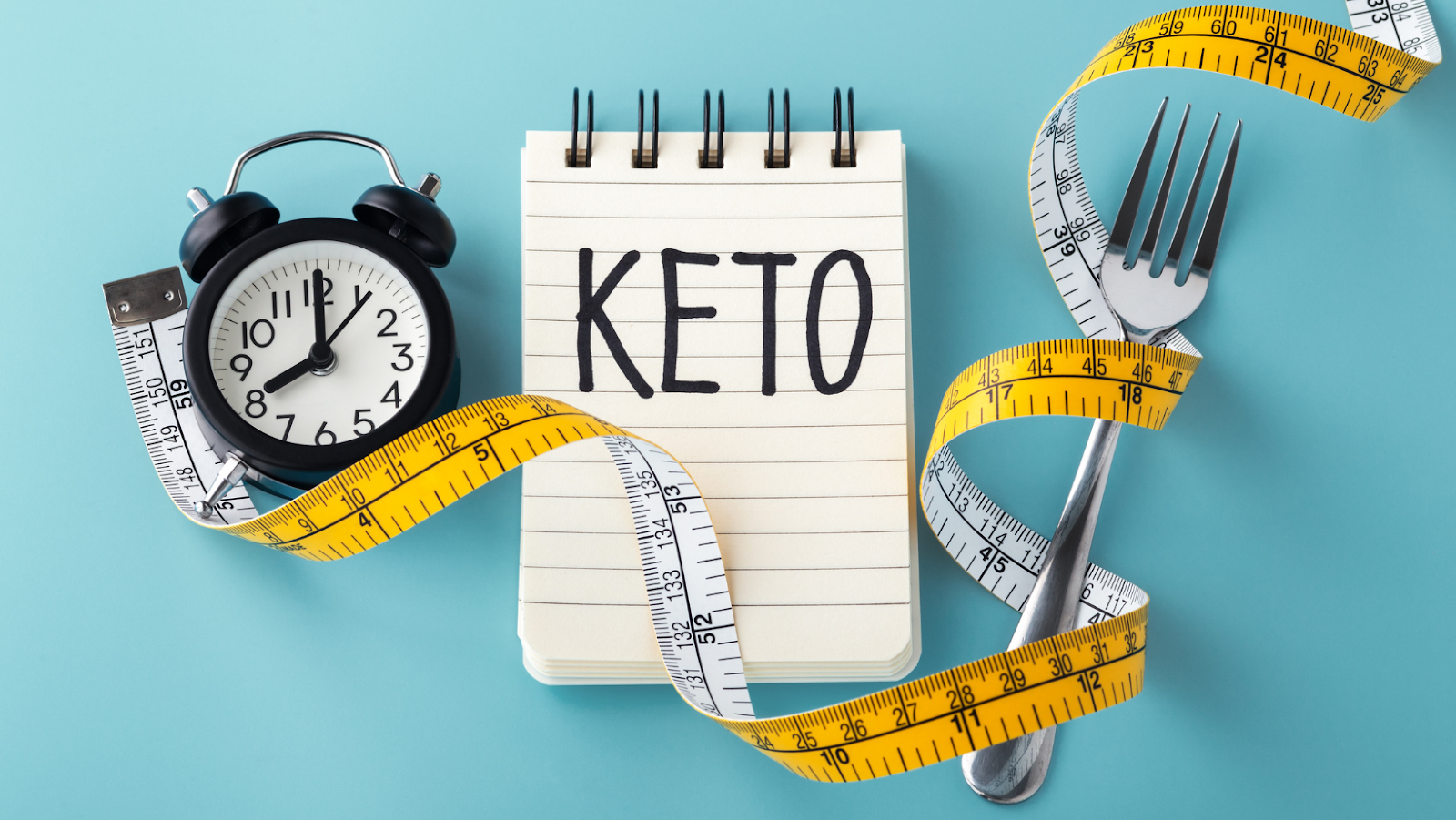The Science Behind Everybodys Favorite Sauce

Gravy is the perfect finishing touch to any meal. But what is this delicious sauce made of, and is it keto-friendly? Let’s take a closer look at the science behind everybody’s favorite sauce.
What is gravy?
Gravy is a sauce made from the juices of meat or vegetables that are added to thicken and flavor the base. In its simplest form, gravy is just the fat and juices that are left behind after cooking meat.
The science of gravy
Gravy is one of those items that many people think they understand, but when you ask them to explain it, they may falter. Is it a liquid? A solid? A flavor? A food group? The answer is yes to all of the above.
Gravy is made by combining a fat (butter, bacon grease, etc.) with a flour (wheat, rice, tapioca, potato) to create a paste. This paste is then added to a hot liquid (broth, stock, water) and whisked until it thickens. The result is a sauce that can be used to enhance the flavor of meats or vegetables, or simply enjoyed on its own.
The history of gravy
Gravy is a sauce made from the juices of meat or vegetables that are left behind after cooking. In the United States, the term gravy can refer to a wide variety of sauces, but most commonly it refers to a sauce made from the juices of roasted meats.
The earliest recorded gravy recipe comes from an English cookbook dating back to the 14th century. The recipe, which was for a sauce made with chicken broth and almond milk, was intended to be served with roasted meats.
Gravy became increasingly popular in Europe during the 16th and 17th centuries. At this time, cookbooks began including more and more gravy recipes, as well as tips on how to make it thinner or thicker, depending on personal preference.
By the 18th century, gravy was so widely loved that even the poor could afford to make it at home. This was thanks in part to the availability of new ingredients like onions and flour, which were used to thicken the sauce.
Today, gravy is still enjoyed all over the world and is particularly popular in countries like England and the United States. It is typically served with roasted meats or mashed potatoes, but can also be used as a dipping sauce for breads or vegetables.
How to make gravy
There are many different ways to make gravy, but they all basically follow the same principle: you start with a roux, add some type of stock, and then season to taste. A roux is just a mixture of fat and flour that’s used to thicken sauces, and it’s what gives gravy its signature smooth texture. The fat can be either butter or oil, and the flour can be either wheat or gluten-free.
Once you’ve got your roux ready, you’ll need to add some stock. This can be either beef, chicken, or veggie stock, depending on what kind of gravy you’re trying to make. After the stock is added, you’ll bring the whole mixture to a simmer and let it cook until it thickens up. Finally, you’ll season your gravy with salt, pepper, and any other herbs or spices you like. And that’s it! Now you know how to make gravy like a pro.
The benefits of gravy
Gravy is more than just a delicious addition to your meal — it can also be good for you! Made from the drippings of roasted meat, gravy is full of protein and other nutrients that can help you stay healthy.
One of the major benefits of gravy is that it’s a great source of protein. Protein is essential for your body to build and repair tissues, and it can also help you maintain a healthy weight. Gravy is also a good source of vitamins and minerals, including iron, which is important for maintaining healthy blood cells.
In addition to being nutritious, gravy can also be helpful if you’re trying to lose weight or eat healthier. Because gravy is made from the drippings of roasted meat, it’s naturally low in fat and calories. And since it’s full of flavor, you can use less gravy on your food without sacrificing taste.
The drawbacks of gravy
The main drawback to gravy is the high fat content. A serving of gravy can have as much as 10 grams of fat, which is nearly double the amount in a serving of oil. This can make it difficult to control your fat intake if you are watching your weight or trying to follow a low-fat diet.
In addition, gravy is often high in sodium, with a single serving containing as much as 400 milligrams of sodium. This is more than 20 percent of the recommended daily limit for sodium, making it a potentially problematic food for people who are trying to limit their salt intake.
Is gravy keto
The short answer is no, gravy is not keto. This is because most gravies are made with flour or another type of starch as a thickener, and these ingredients are high in carbs and not suitable for a keto diet. However, there are ways to make keto-friendly gravies using low-carb thickeners such as xanthan gum or arrowroot powder. These keto gravies may not be quite as thick as traditional gravies, but they will still add flavor and moisture to your favorite dishes.

 Fad Diets and Long-Term Solutions: A History of Dieting Trends
Fad Diets and Long-Term Solutions: A History of Dieting Trends  5 Weight Loss Myths
5 Weight Loss Myths  The Secret to Getting More Energy and Endurance When you are on a Keto Diet
The Secret to Getting More Energy and Endurance When you are on a Keto Diet  The Ultimate Guide to Keto Carrots
The Ultimate Guide to Keto Carrots  The Healthiest Fruit For A Keto Diet
The Healthiest Fruit For A Keto Diet  Chicken and Mushrooms are The Perfect Combination for A Healthy Meal
Chicken and Mushrooms are The Perfect Combination for A Healthy Meal